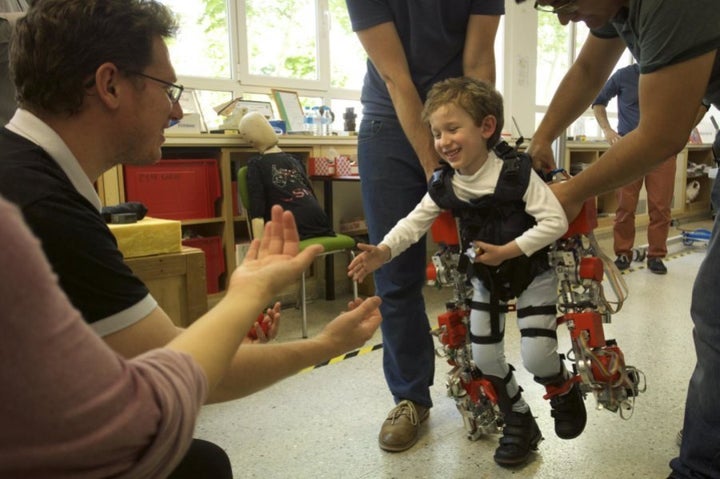
Researchers in Spain have created the world's first child exoskeleton which will enable children suffering from spinal muscular atrophy to walk, in some cases for the first time.
The 12kg exoskeleton has been constructed from a mixture of aluminium and advanced titanium and fits around the child's legs and torso.
The joints contain a series of small but powerful motors which then mimic the muscle movement's of the child.
A controller then allows the child to dictate these movements and then finally there's a built-in battery which gives the suit five hours of life.
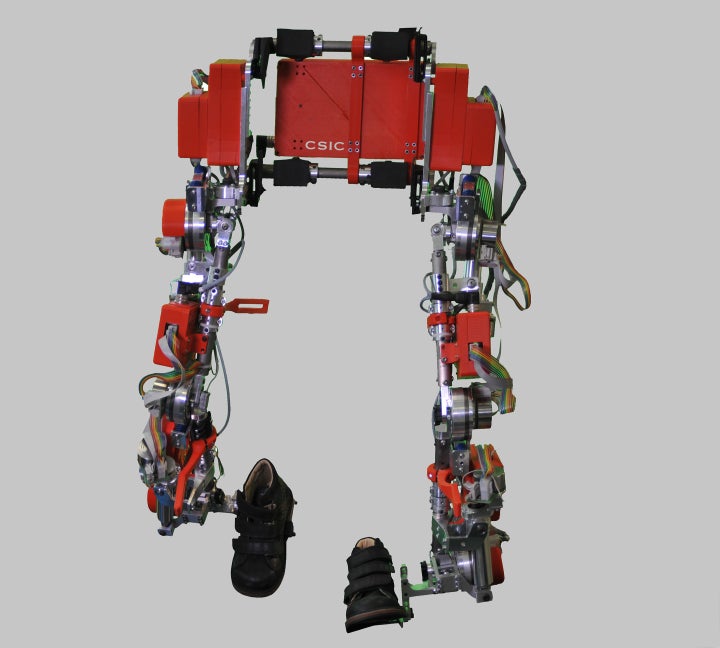
The exoskeleton was designed by the Spanish National Research Council working in partnership with its technology-based business unit Marsi Bionics.
What makes this exoskeleton so unique is that it has to adapt to the user's disease.
Spinal musical atrophy is a degenerative disease which changes over time, and so as the person's body changes so too must the suit.
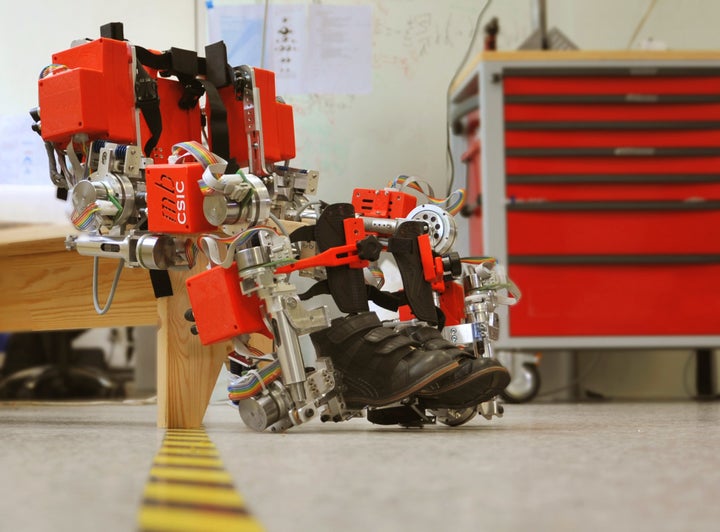
With this in mind the researchers created an exoskeleton which could adapt and change as the child's needs required.
"Our model includes intelligent joints which alter the brace's rigidity automatically and adapt to the symptoms of each individual child at whenever required," explains Elena Garcia, from the Automatics and Robotics Centre, a CSIC/Politechnic University of Madrid.
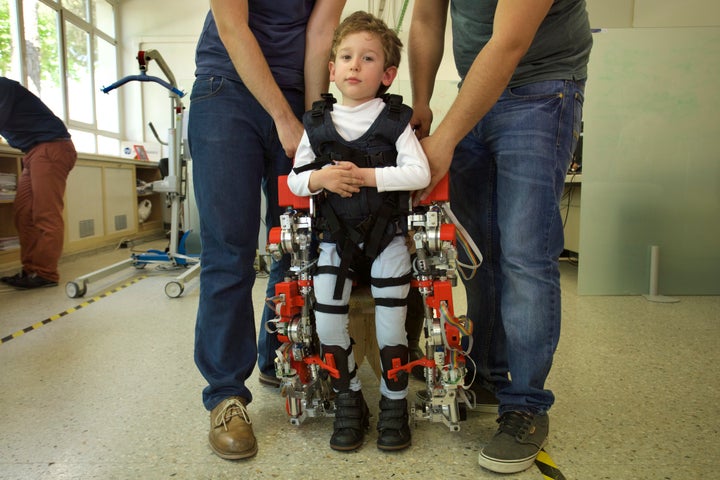
The exoskeleton is aimed at children who are suffering from Type 2 of the disease. Type 2 is usually diagnosed between 7-18 months of life and children who show these symptoms are never able to walk thus leading to a serious decline in their health.
As a result their life expectancy is seriously affected by the lack of mobility meaning that any respiratory infection can become critical to any child over two.
By using this exoskeleton, Garcia and her team hope to avoid the onset of these symptoms which normally would have been unavoidable due to the child being unable to stand upright or walk.
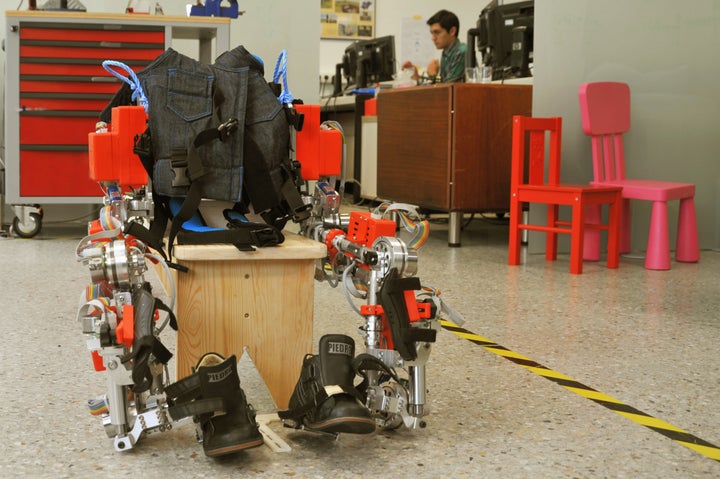
Exoskeletons already exist for adults by either helping them walk or through allowing them to perform tasks that require near-superhuman strength.
